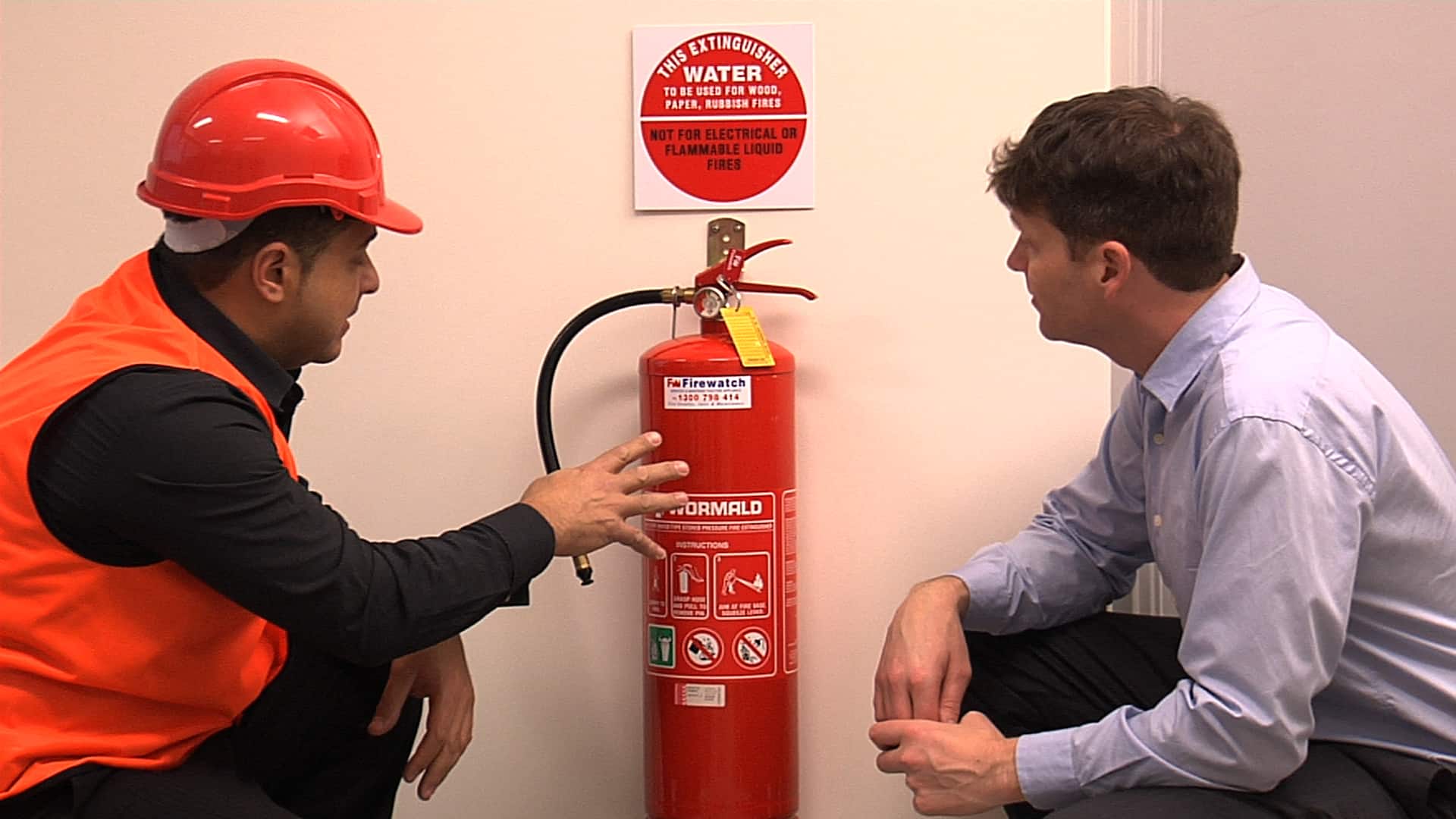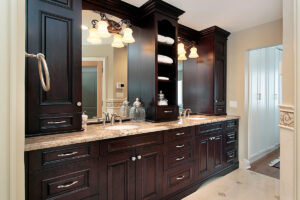In hospitals and healthcare facilities, everyone’s health and safety is a major concern. And keeping the fire at bay is one big responsibility for owners. Having solid fire protection installation means making sure the buildings have all the right tools and setups to prevent fires. These tools are there to protect not only the buildings but also the people inside, like patients, doctors, nurses, and anyone visiting the place for treatment or check-ups. Here are some more reasons why you should invest in a proper fire protection system for your healthcare facility.
Importance of Fire Protection Installation in Hospitals
1. Early Detection, Swift Response
These systems have heightened sensitivity to provide early warnings. This early detection enables the swift initiation of emergency protocols, ensuring a rapid response to protect lives and essential infrastructure.
For example, smoke detectors sense smoke particles in the air. They can be ionization detectors (quick to detect fast-flaming fires) or photoelectric detectors (ideal for detecting smoldering fires. So, in case of a fire, the fire protection system will prevent the fire from spreading until the authorities come in.
2. Protecting the Vulnerable
Patients who have difficulty moving independently, such as those who are bedridden, use wheelchairs, or have physical impairments, face challenges during evacuations. They may require assistance from healthcare staff or specialized equipment to evacuate safely.
To help them in the process, hospital owners need to get proper fire protection installation and evacuation systems. For example, fire alarms can quickly alert the nurses, and they can help them evacuate the building.
3. Managing Hazardous Materials
Hospitals are packed with hazardous equipment, from life-saving machinery to substances used in medical procedures. These medical equipment pose a fire risk if they malfunction.
For example, electrical equipment can generate heat or sparks if there’s a fault in the wiring or if it is not maintained properly. Oxygen-rich environments in healthcare settings can intensify fires if an electrical spark occurs. For that, proper fire protection installation should be done.
4. Containment Strategies
Chapter 18 of the National Fire Protection Association’s (NFPA) guidelines outlines the rules for constructing medical facilities. These rules focus on compartmentation, which is a system that uses barriers to prevent fires from spreading. The guidelines specify the necessary fire ratings for walls, doors, and pathways in patient rooms, operation areas, and areas with special fire risks.
Containing fires within healthcare facilities is crucial for providing enough time for evacuation and response from authorities. Installing fire doors and rated barriers helps confine fires to specific areas. These measures prevent the spread of smoke and flames, thereby reducing damage and providing a safer environment for patients and staff.
Must-Have Components of Fire Protection Installation
1. Smoke Detection Systems
These systems are the first line of defense by detecting smoke, a precursor to fires. Early detection enables swift action. These devices give the go-ahead for evacuation procedures to commence promptly.
2. Fire Alarm Systems
Once a potential threat is identified, fire alarms alert occupants and staff, providing crucial seconds to evacuate safely. These alarms are strategically placed throughout the facility for maximum effectiveness.
3. Emergency Lighting and Exit Signs
During fires, it’s common for power outages to happen. But it can cause darkness and confusion for everyone in the facility. To reduce panic and facilitate quick installation, you can install emergency lighting and clear exit signs.
4. Fire Suppression Systems
These necessary fire protection installation components, such as sprinklers and fire extinguishers, work to contain and extinguish fires before they escalate. Automatic sprinkler systems react to heat and then release water to control the spread of flames.
When Should Hospitals Get Fire Protection Systems Maintained?
Hospitals need to follow specific guidelines for maintaining their fire protection systems. These guidelines are called NFPA 25 standards. These standards include regular inspections, testing, and maintenance (ITM) procedures to keep the hospital’s fire protection systems in top condition. Critical components require inspections every quarter, six months, and year, while weekly and monthly checks focus on visually inspecting gauges and valves.
It’s important for facility managers to ensure only qualified professionals carry out these tasks. It is also crucial to document the procedures to ensure that the hospital is compliant with accreditation standards. Hospitals should conduct evacuation drills every quarter for each shift to prepare for emergencies. Adhering to these schedules ensures that the fire protection systems operate optimally and that the hospital is ready to handle emergencies, which safeguards both patients and staff in critical situations.
Wrap Up
Fire protection installation in hospitals is critical to the safety of doctors, nurses, patients, and their attendants. These systems are made up of various components that work together to keep small fires from becoming large disasters.
If you need smoke detectors, fire extinguishers, or an automatic sprinkler system installed at your healthcare facility, Triniti has you covered. Contact us today to protect your people and property from fire damage using our fire protection system installation, testing, maintenance, and repair services.














